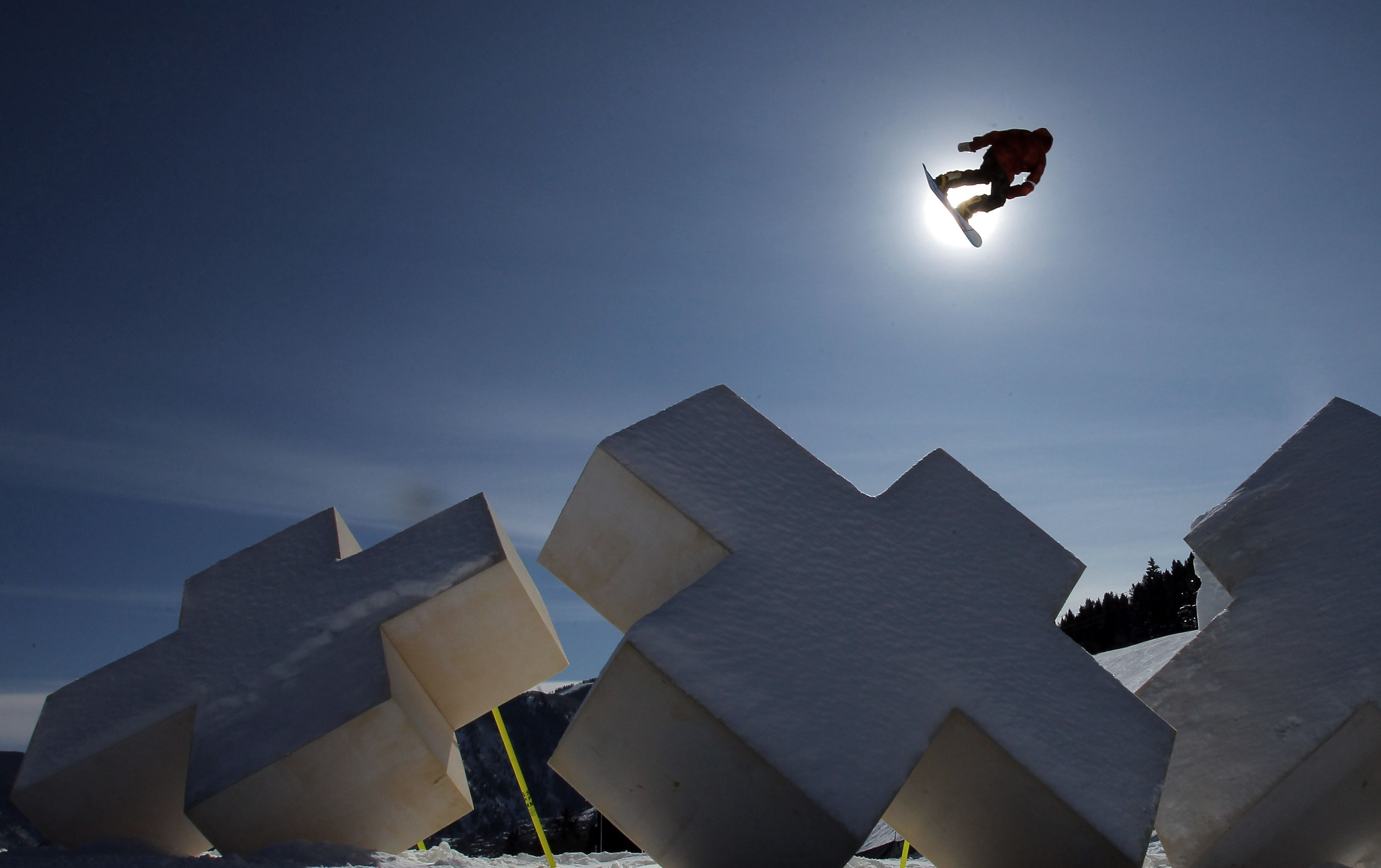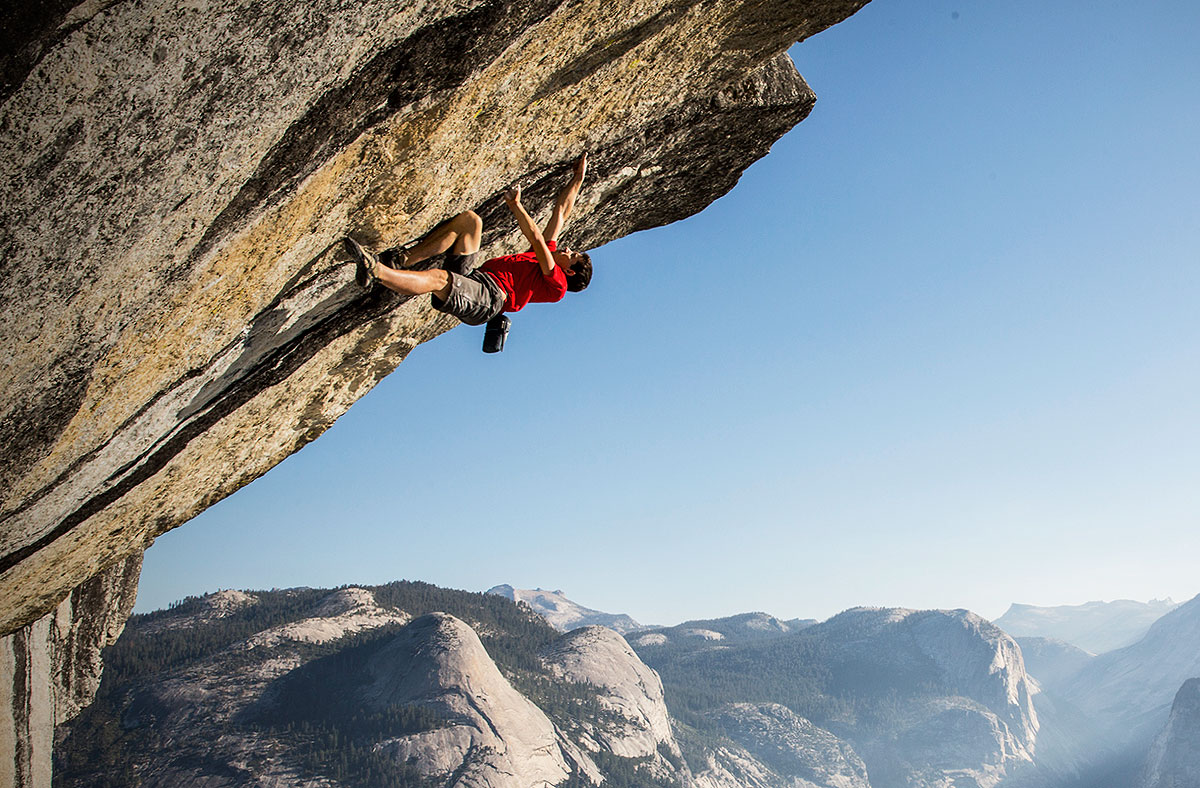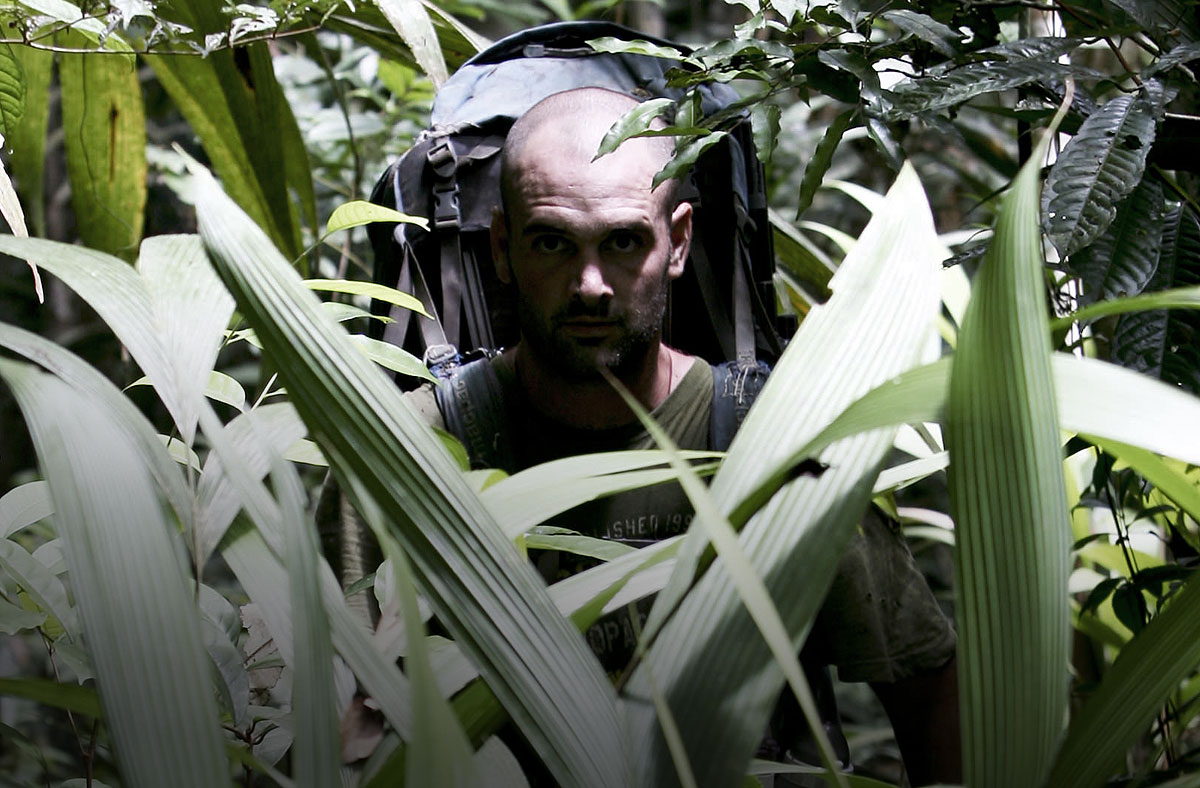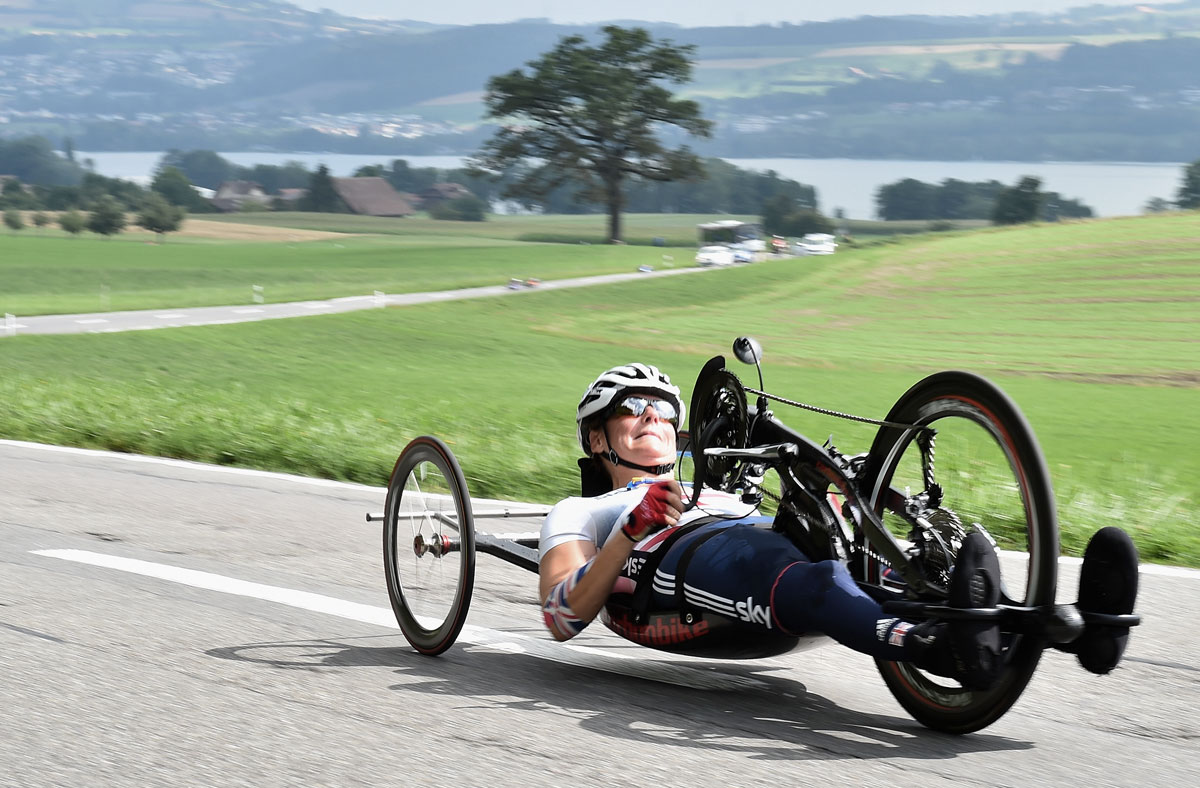The modern adventurers
Today’s climbers and explorers are finding new ways to push themselves to the limit

Inspirational stories of endurance and exploration are a reminder that even now, when the world’s highest peaks have all been conquered, intrepid men and women are still finding ways to break boundaries and test themselves against the elements - and their own preconceptions.

Finding freedom
Alex Honnold was already regarded as one of the world’s best free climbers when he caused a sensation on 3 June 2017 with a free solo ascent of El Capitan, a 3,000-foot granite wall in Yosemite National Park. Scaling sheer rock without ropes, he reached the top in 3 hrs 56 mins to register one of the greatest ever feats of pure rock climbing.
He had burst onto the free-climbing scene in 2008 with two high-risk rope-free ascents - the north-west face of Yosemite’s Half Dome and the Moonlight Buttress in Utah’s Zion National Park. El Capitan, however, was considered impossible by seasoned climbers.
The Week
Escape your echo chamber. Get the facts behind the news, plus analysis from multiple perspectives.

Sign up for The Week's Free Newsletters
From our morning news briefing to a weekly Good News Newsletter, get the best of The Week delivered directly to your inbox.
From our morning news briefing to a weekly Good News Newsletter, get the best of The Week delivered directly to your inbox.
Honnold, however, is no lucky daredevil. His training is obsessive and his planning meticulous. He spends hours perfecting, rehearsing, and memorising exact sequences of hand and foot placements for every key pitch. His ascent up El Capitan’s daunting Freerider route was carefully planned during previous roped climbs, during which he made notes and left chalk marks indicating finger-holds.
His greatest challenge lay in facing down fear. One slip would have meant death, but Honnold has ice running through his veins. “Feeling fearful while I’m up there is not helping me in any way,” he told National Geographic. “It’s only hindering my performance, so I just set it aside and leave it be.”

Escape from the city
Ed Stafford was headed for a career as a stockbroker when he took a short-term contract in Belize with Trekforce, an organisation running expeditions and volunteering programmes for young people.
The lush jungle extinguished any thoughts the former British Army captain had of working in the City, setting him instead on a path of exploration. Searching for a challenge that had never been done before, he settled on the Amazon and, in 2008, embarked on his defining expedition, walking the length of the mighty river, from source to sea.
A free daily email with the biggest news stories of the day – and the best features from TheWeek.com
It took 860 days of hacking through jungle with a machete, avoiding hostile locals, dodging venomous snakes, and travelling huge distances without food resupplies. Because the Brazilians would not let him use detailed military maps and his GPS broke down, he ended up navigating with a compass and a 1:4 million map of the entire Amazon Basin.
In recognition of his achievement, Stafford was awarded the title of 2011 European Adventurer of the Year in Stockholm. He has since enjoyed a high-profile TV career, tackling extreme challenges for the Discovery Channel - and the more domestic test of looking after his baby son alone this year while his wife, Laura Bingham, kayaked 600 miles along the length of the Essequibo River in Guyana.
Today Stafford is a trustee for the Transglobe Expedition Trust, a body that gives grants to expedition leaders, as well as an ambassador for the Scouts and a patron of the British Exploring Society.

Challenging prejudice
Exploration demands peak physical condition, and by throwing herself into it Karen Darke is helping reshape attitudes to disability.
Confined to a wheelchair since a climbing accident at the age of 21, she became a Paralympic Champion in hand-cycling at the Rio 2016 Paralympic Games, using a bike designed by the Formula 1 team Williams. But what makes her unique is the challenges she has set herself in the world’s toughest terrain.
Just five years after becoming paraplegic, Darke handbiked her way along the the Silk Route from Kazakhstan to Pakistan, which gave her a taste for increasingly demanding adventures. Perhaps the most moving was her ascent of El Capitan in 2007, during which she hoisted herself up the rockface with a set of 4,000 pull-ups, facing down a very real fear of falling with every move.

She has also sea kayaked 1,200 miles along the Inside Passage from Vancouver to Alaska, skied across the Greenland icecap and kayaked in treacherous currents and tides in remote Patagonian waters to the glacier at Laguna San Rafael.
Last year she handcycled 2,000 miles along North America’s Pacific Coastal Trail from Canada to Mexico in 37 days, part of a project she calls Quest 79, which involves a total of nine handbike rides on seven continents, completing a 10,000km (6,200-mile) journey that will conclude at the Tokyo 2020 Paralympic Games.
Aside from the sense of personal accomplishment, Darke is motivated by a desire to raise money for the Spinal Injuries Association - and encourage others to find an adventure of their own.
-
 Political cartoons for December 23
Political cartoons for December 23Cartoons Tuesday's political cartoons include an eye on CBS, cracking the middle class, and Donald Trump's name on everything
-
 Women carrying Christmas
Women carrying ChristmasTalking Point As the Christmas frenzy ramps up, many mums feel the pressure of ‘keeping the whole sleigh on the road’
-
 Is Keir Starmer being hoodwinked by China?
Is Keir Starmer being hoodwinked by China?Today's Big Question PM’s attempt to separate politics and security from trade and business is ‘naïve’
